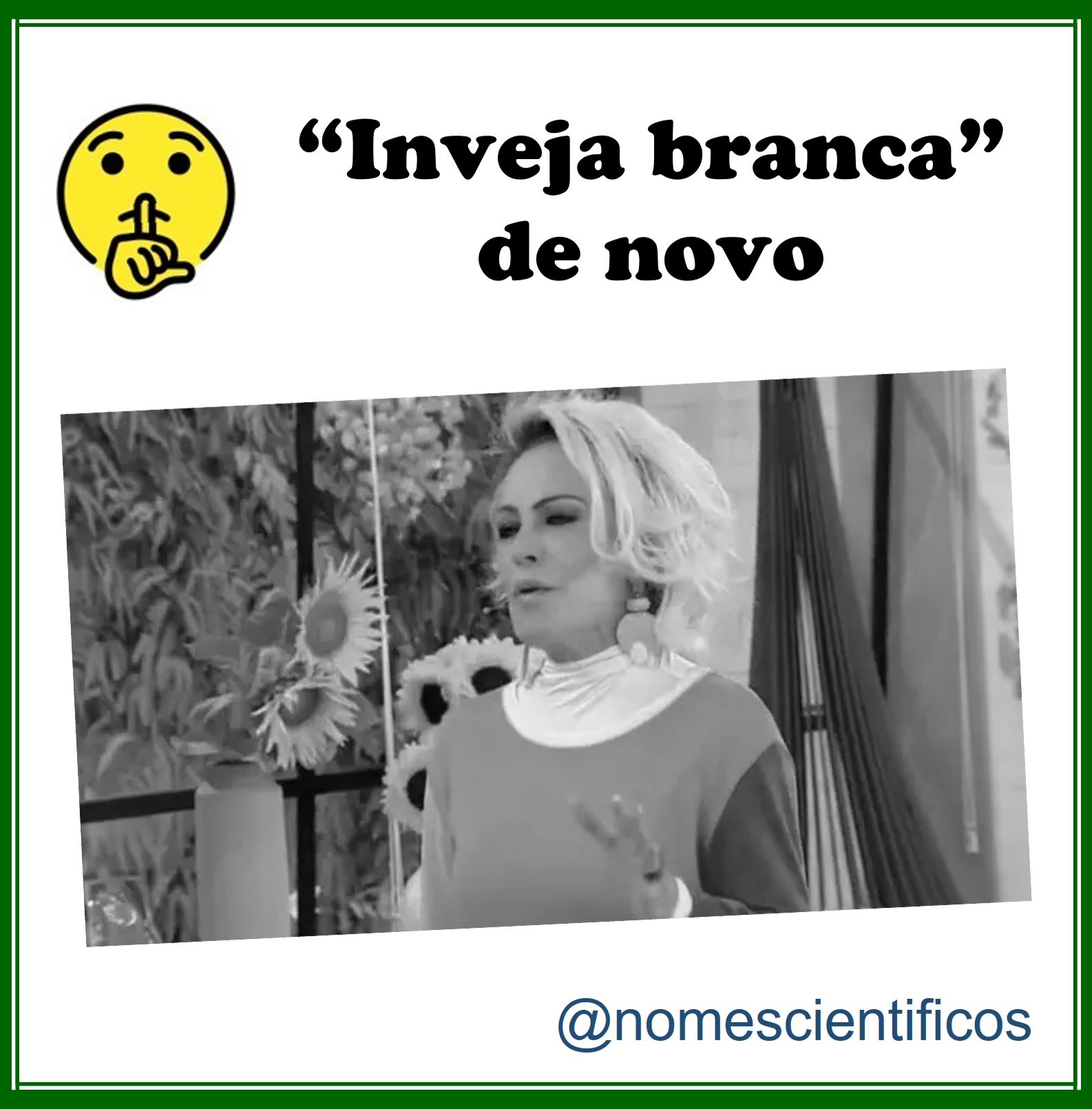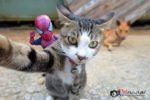Veneza, Itália – Bienal de Arte 2017. Claudia Fontes propõe ao Pavilhão Argentino para expor a proposta O Problema do Cavalo (The Horse Problem )
design-dautore.com
Como divulgado pelo guionista Roberto Victor Ferrari, “o cavalo, o protagonista das narrativas capitalistas e coloniais da extração do natural e da sua reconfiguração em um recurso – que foi e continua sendo, o modo dominante de inscrever a América Latina em imaginários globais – aqui, saltos, dinheiro e chutes em temporalidades e formas padrão, e traz consigo, como problema, a questão de outra forma de relação possível e também urgente, entre as formas humana e animal e, portanto, outras formas de relação entre os corpos. Sugere que humanos e animais não ficam presos na narrativa de dominação e controle que são os únicos que o capital conseguiu inventar “.|
O trabalho de Claudia pode ser lido como uma questão aberta sobre as possibilidades de reverter a colonização em suas múltiplas manifestações. Ao destacar como os destinos das espécies humana e equinas foram entrelaçadas através da exploração desde o momento em que os cavalos foram domesticados.
O Problema do Cavalo oferece um flash, uma maneira de reinterpretar a história de maneira diferente, uma chance de construir uma narrativa alternativa para o nosso futuro como espécie.
Confira algumas imagens da exposição:
The Horse Problem – Claudia Fontes proposal for the Pavilion of Argentina at the Biennale Arte 2017
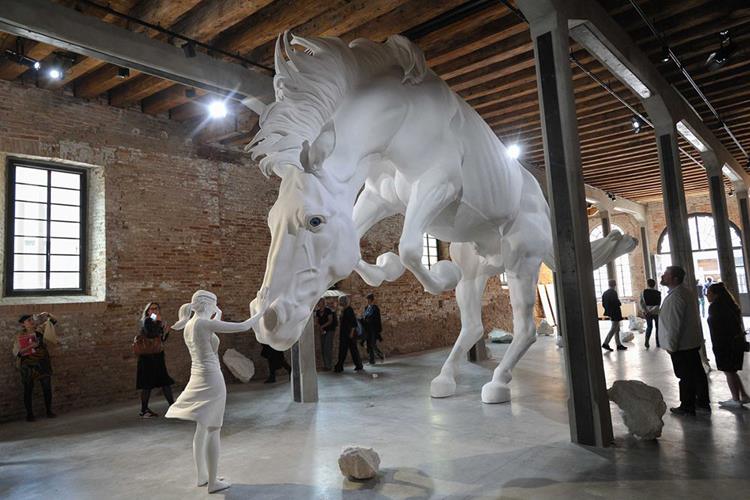
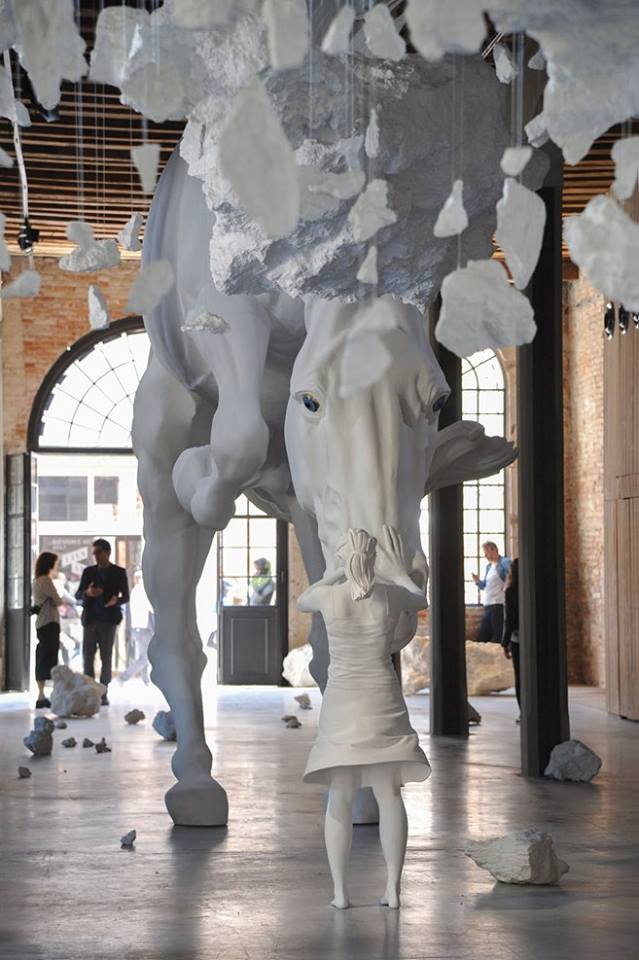
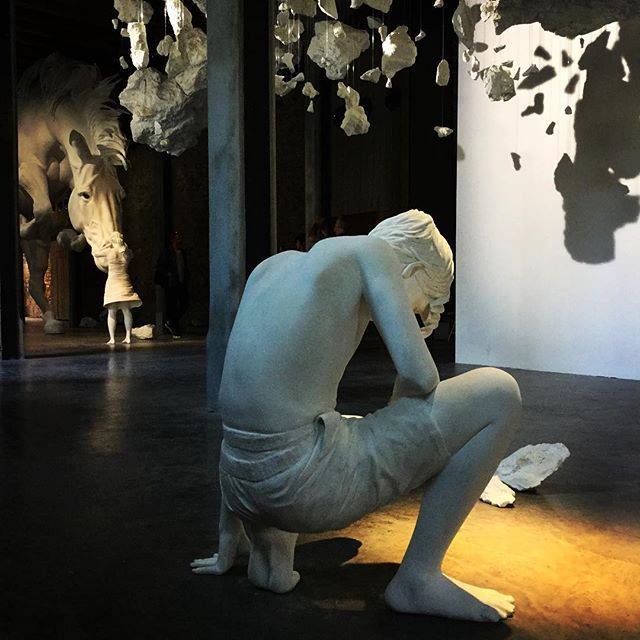

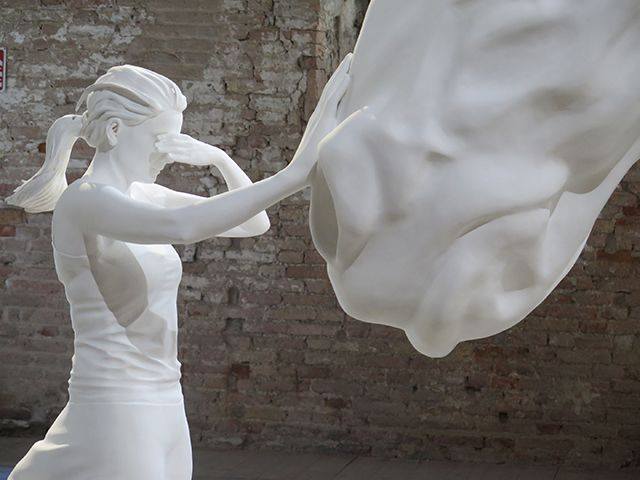
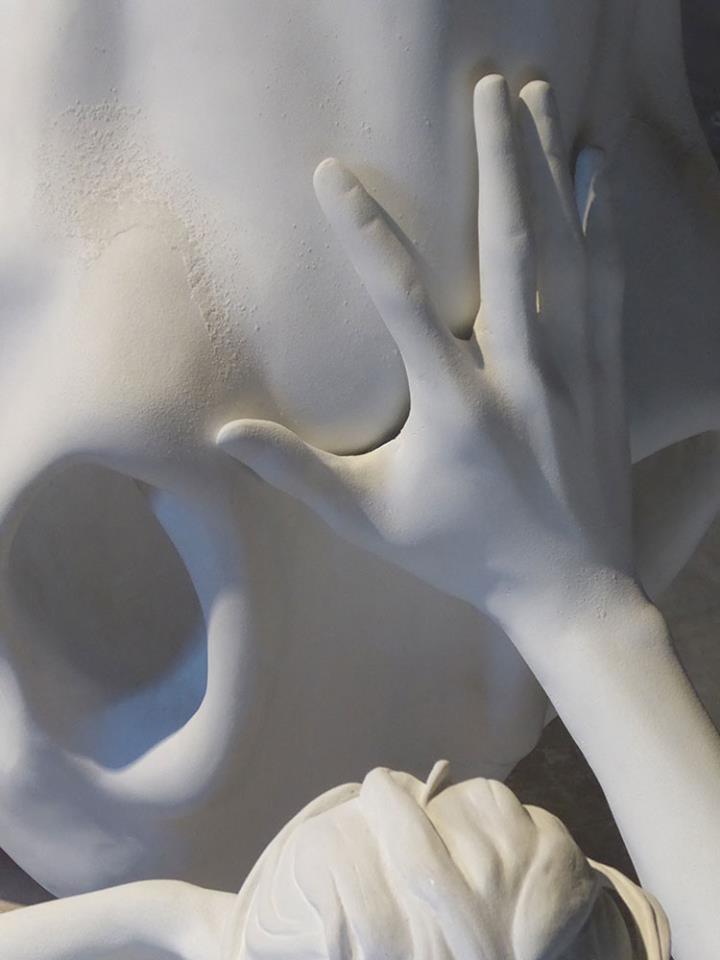
In english:
The Horse Problem – Claudia Fontes proposal for the Pavilion of Argentina at the Biennale Arte 2017.
“The horse, the protagonist of capitalist and colonial narratives of the extraction of the natural and its reconfiguration into a resource—which was, and continues to be, the dominant mode of inscribing Latin America in global imaginaries—here jumps, bucks, and kicks at standard temporalities and forms, and brings with it, as a problem, the question of another possible and also urgent form of relation, between human and animal—and, therefore, other forms of relation between bodies, another between bodies. It suggests that human and animal not remain trapped in the narrative of domination and control that are the only ones that capital has been able to invent.”
Fontes’ work can be read as an open question about the possibilities of reversing colonisation in its multiple manifestations. By highlighting how the destinies of the human and horse species have been intertwined through exploitation from the very moment that horses were domesticated, The Horse Problem offers in a flash, a way to reinterpret history in a different way, a chance to construct an alternative narrative for our future as species. —



